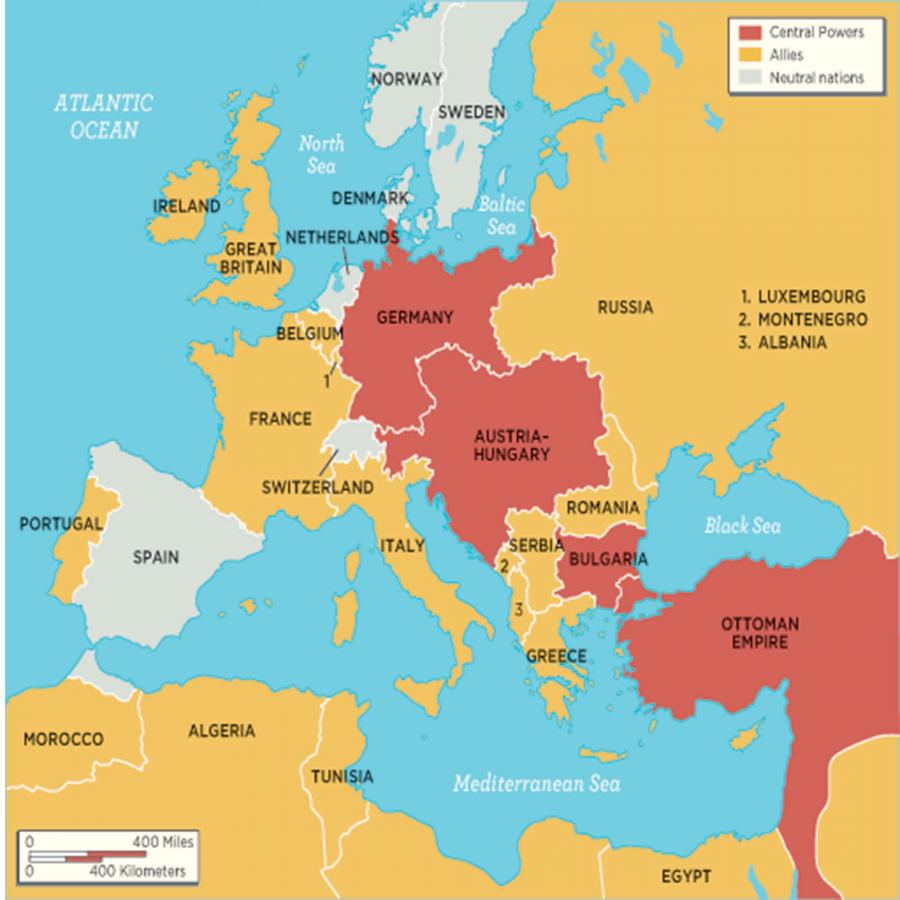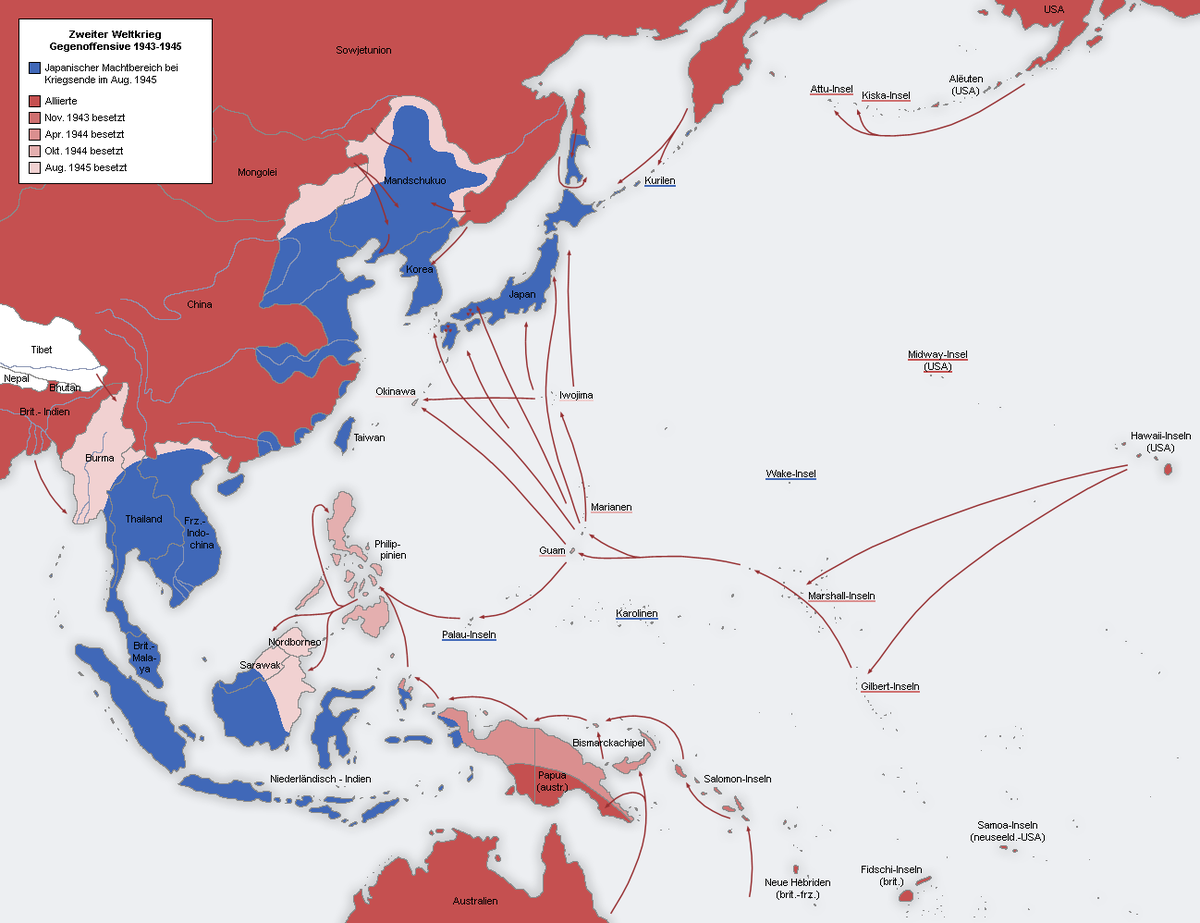So I know its often been held that the Battle of Kiev, where the Germans encircled and destroyed & captured over 500,000 soviet troops, was the largest encirclement in history. But I question this. During the Battle of France, when the Germans invaded through Belgium and did their "sickle cut" as Churchill called it, cutting to the coast of France and trapping the allied armies in Belgium, would this not be the largest encirclement in history?
If I'm not mistaken there were over 1 million allied troops that became trapped in Belgium.
If I'm not mistaken there were over 1 million allied troops that became trapped in Belgium.




